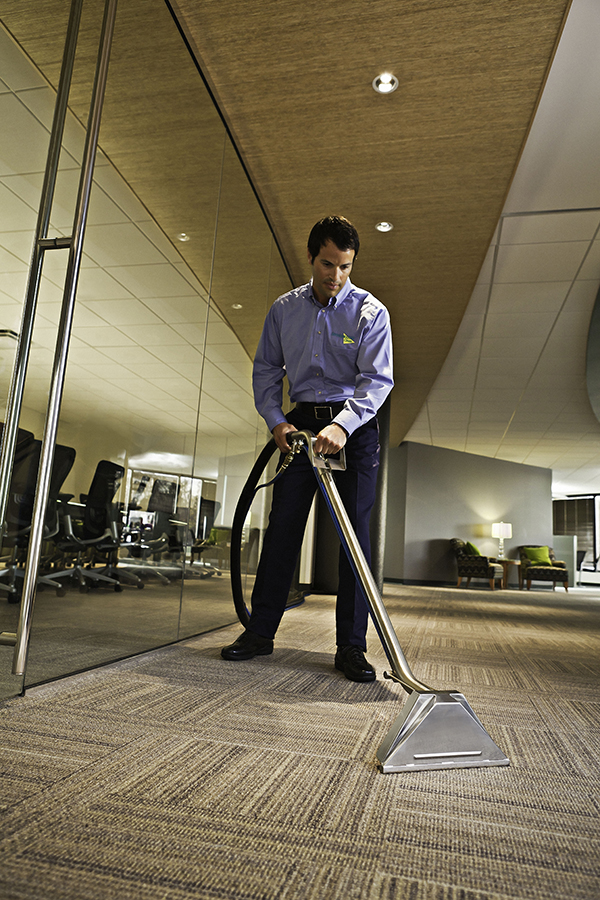Carpets are a significant investment in any home or office, providing comfort, warmth, and aesthetic appeal. However, they also require regular maintenance to keep them looking their best and to extend their lifespan. This report delves into the importance of carpet cleaning, the various methods available, and tips for maintaining clean carpets.

Importance of Carpet Cleaning
Carpet cleaning is essential for several reasons. First and foremost, carpets can harbor dirt, dust, allergens, and bacteria. Regular cleaning helps to improve indoor air quality, which is crucial for the health and well-being of occupants. Allergens such as dust mites, pet dander, and pollen can accumulate in carpets, exacerbating respiratory issues and allergies.
Moreover, clean carpets enhance the overall appearance of a space. Stains, https://premiercarpetcleaning.co.uk/carpet-cleaning/watford spills, and dirt can make carpets look worn and uninviting. Regular cleaning not only removes these blemishes but also revitalizes the carpet's color and texture, contributing to a more pleasant environment.
Additionally, professional carpet cleaning can extend the life of carpets. Dirt and debris can act like sandpaper, wearing down carpet fibers over time. By investing in regular cleaning, homeowners can protect their carpets and delay the need for costly replacements.
Common Carpet Cleaning Methods
There are several methods for cleaning carpets, each with its advantages and disadvantages. The most common methods include:
- Steam Cleaning (Hot Water Extraction): This method involves using hot water mixed with cleaning solutions, which is injected into the carpet fibers. The solution loosens dirt and stains, which are then extracted using a powerful vacuum. Steam cleaning is highly effective for deep cleaning and is recommended by many carpet manufacturers.
- Dry Cleaning: This method uses a specialized cleaning powder that is spread over the carpet. The powder absorbs dirt and stains, and after a specified period, it is vacuumed away. Dry cleaning is a convenient option as it requires less drying time compared to steam cleaning.
- Shampooing: Carpet shampooing involves applying a foamy cleaning solution that is agitated into the carpet fibers. After the dirt is lifted, the carpet is rinsed and vacuumed. While effective, this method can leave residue if not rinsed thoroughly.
- Bonnet Cleaning: This method is often used in commercial settings. A rotary machine with a cleaning pad is used to scrub the carpet surface. While it can provide quick results, it does not deep clean the carpet and is best used for maintenance rather than deep cleaning.
- Encapsulation: This method uses synthetic detergents that crystallize dirt into powder, which can then be vacuumed away. Encapsulation is fast-drying and is often used in commercial environments for regular maintenance.
Choosing the Right Cleaning Method
The choice of carpet cleaning method depends on several factors, including the type of carpet, the level of soiling, and the time available for cleaning. For example, steam cleaning is ideal for heavily soiled carpets, while dry cleaning may be more suitable for lightly soiled or delicate carpets.
It is also essential to consider the carpet material. Natural fibers such as wool may require gentler cleaning methods, while synthetic fibers can withstand more intensive cleaning processes. Always consult the carpet manufacturer’s guidelines before selecting a cleaning method.
DIY Carpet Cleaning vs. Professional Services
Homeowners often face the decision of whether to clean carpets themselves or hire professional services. DIY cleaning can be cost-effective, especially for minor stains and maintenance. Many rental machines are available that can provide decent results for homeowners. However, these machines may not achieve the same level of cleanliness as professional equipment.
Professional carpet cleaning services offer several advantages. They have access to commercial-grade equipment and cleaning solutions that can penetrate deep into the carpet fibers. Professionals are also trained to handle various types of carpets and stains, ensuring that the cleaning process is effective and safe.
In addition, professional services typically include pre-treatment and post-treatment options, such as applying stain protectors that can help carpets resist future stains. While hiring professionals may incur a higher upfront cost, the long-term benefits often outweigh the expense.
Tips for Maintaining Clean Carpets
To keep carpets looking their best between professional cleanings, homeowners can implement several maintenance practices:
- Regular Vacuuming: Vacuuming at least once a week helps to remove surface dirt and prevent it from settling into the carpet fibers. High-traffic areas may require more frequent vacuuming.
- Immediate Stain Treatment: Address spills and stains as soon as they occur. Blot the area with a clean cloth and use a carpet cleaner specifically designed for the type of stain. Avoid rubbing, as this can spread the stain.
- Use Doormats: Placing doormats at entrances can help reduce the amount of dirt and debris tracked onto carpets. Encourage family members and guests to wipe their feet before entering.
- Rotate Furniture: Moving furniture around occasionally can help prevent uneven wear and indentation in carpets.
- Professional Cleaning Schedule: Establish a regular professional cleaning schedule, typically every 12 to 18 months, depending on usage and foot traffic.
Conclusion
Carpet cleaning is an essential aspect of maintaining a clean and healthy living or working environment. With various cleaning methods available, homeowners can choose the best option for their carpets' needs. Whether opting for DIY cleaning or hiring professionals, regular maintenance and prompt stain treatment can significantly extend the life of carpets. By investing time and resources into carpet cleaning, homeowners can enjoy the benefits of clean, fresh carpets for years to come.



